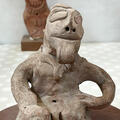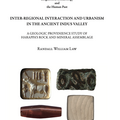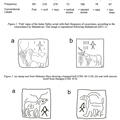How do you map the archaeological heritage of South Asia?
An important video that describes how surveying archaeological sites at scale in India and Pakistan can be undertaken, using survey of India maps from the colonial period to help locate potential locations of interest.









